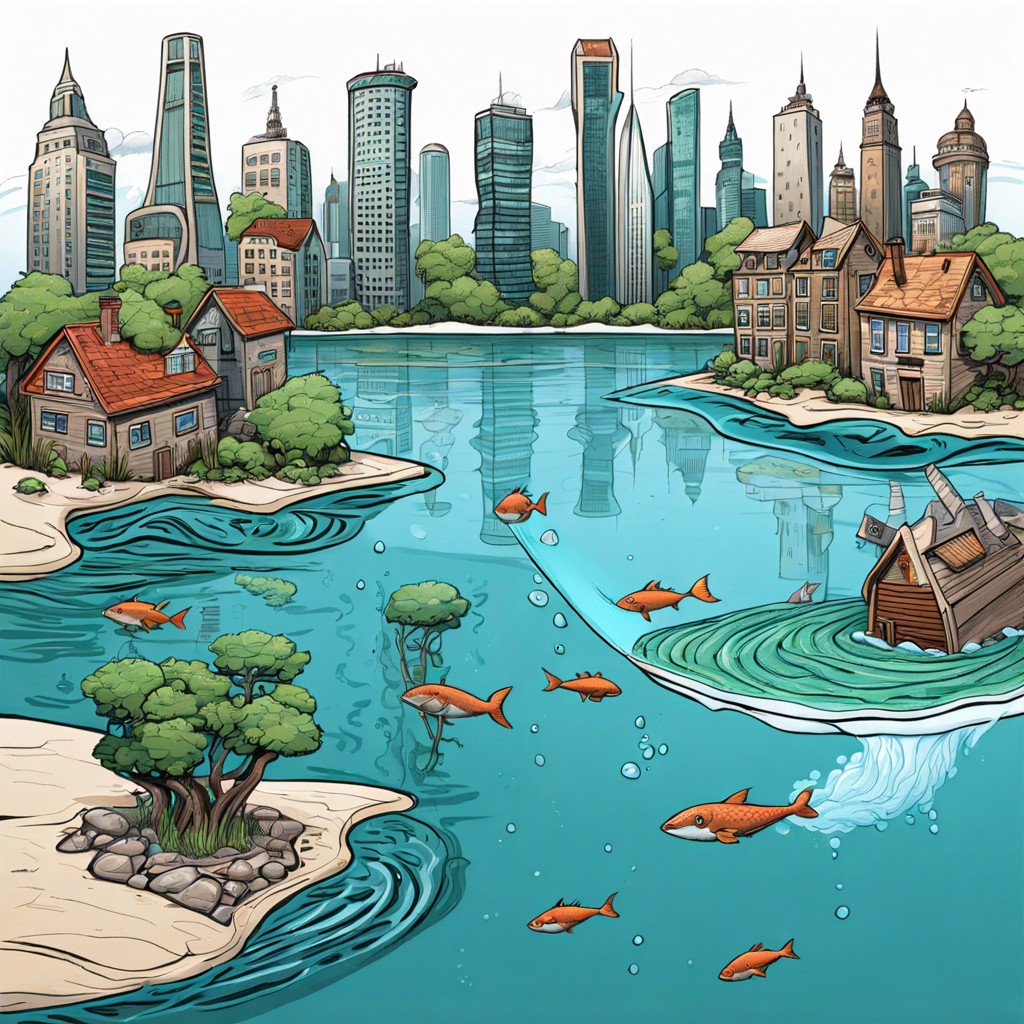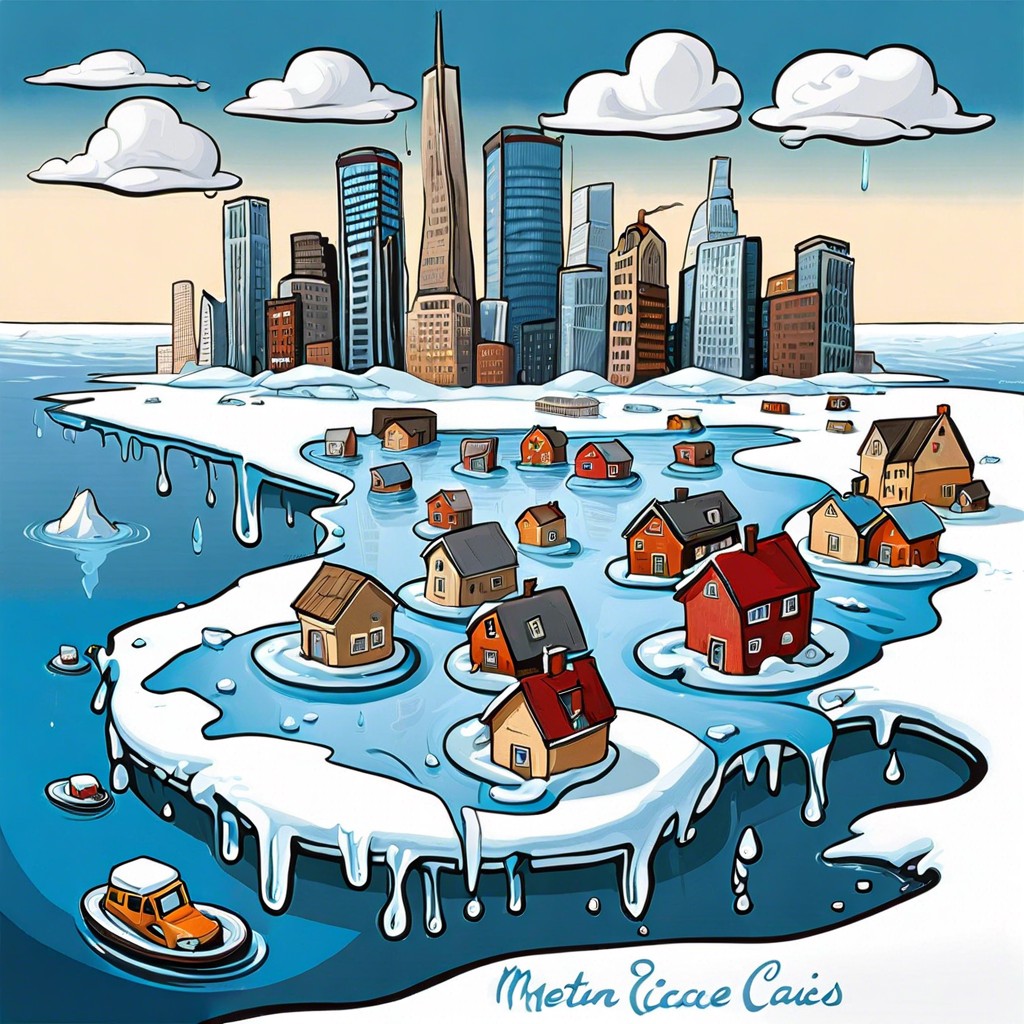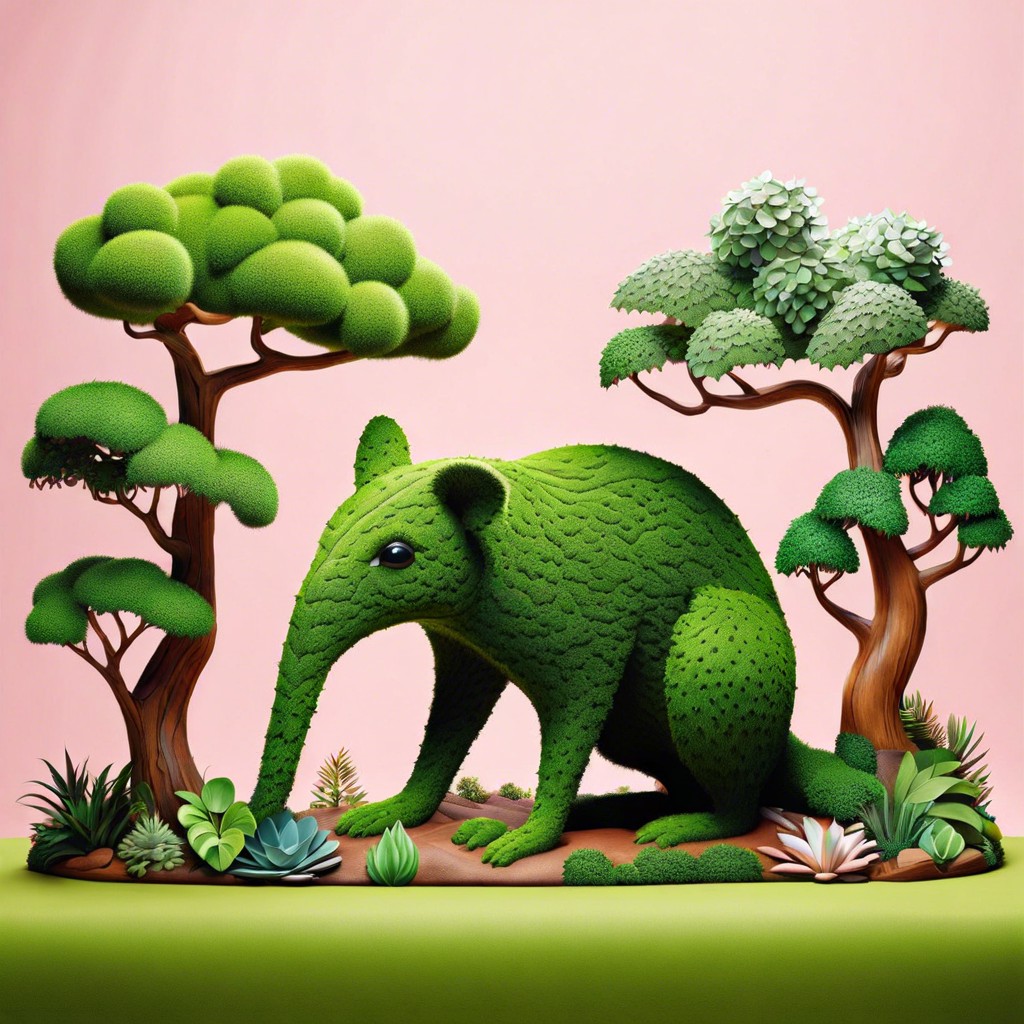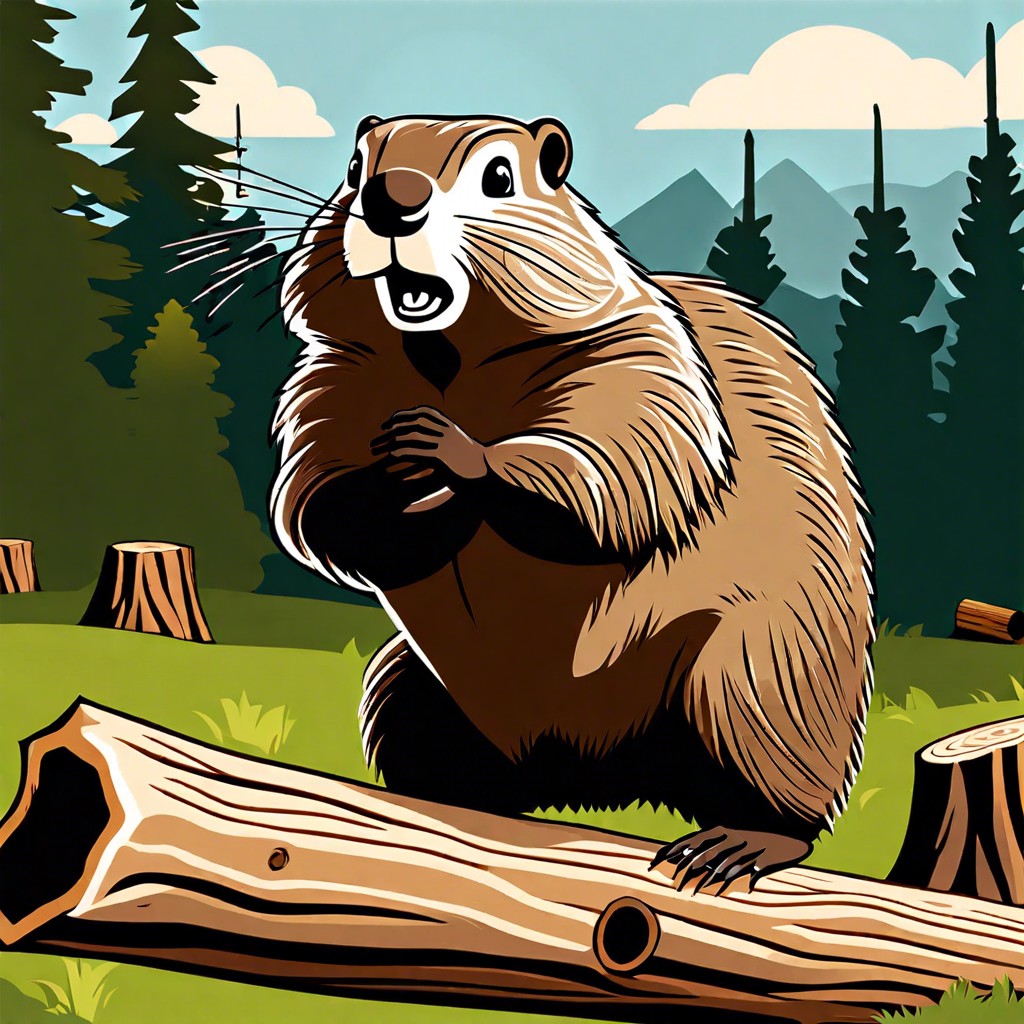Discover what would happen to our planet if all the ice caps, glaciers, and polar ice melted away, causing dramatic changes to sea levels and global ecosystems.
Imagine waking up one morning to find your favorite beach submerged and New York City resembling a scene out of “Waterworld.” If all the ice on Earth melted, apart from needing a new wardrobe, our planet would face catastrophic rising sea levels, sprawling coastal displacement, chaos in global climate patterns, the tragic plight of marine life, and severe freshwater scarcity. Buckle up, because we’re diving deep into a world without ice, exploring each chilling consequence in detail and unraveling what it means for humankind.
Key takeaways:
- Rising Sea Levels: Coastal cities submerged, infrastructure lost, agriculture disrupted. Goodbye, Miami.
- Displacement of Coastal Populations: Millions relocating, economic tolls, emotional toll, heritage lost.
- Impact On Global Climate Patterns: Warmer Earth, unpredictable weather, messed-up ocean currents.
- Consequences for Marine Life: Species struggle, coral reefs suffer, food chains disrupted. Goodbye, sushi.
- Freshwater Scarcity: Rivers dry up, agriculture disrupted, water scarcity – not melodramatic.
Rising Sea Levels

Inundated cities, anyone? Think of your favorite coastal city—Miami, Venice, or even New York. Now imagine these places with a permanent water park vibe, minus the fun. Rising sea levels would submerge low-lying areas, pushing tens of millions of people to relocate.
Historical landmarks could turn into scuba diving sites. Infrastructure, built for land-loving creatures like us, would suffer. Bye-bye, roads and airports.
It’s not just coastal cities. Rivers and streams could back up, causing flooding inland. Agricultural zones might become swamps, disrupting food production. Goodbye, strawberry fields.
Displacement of Coastal Populations
Imagine your favorite coastal city—be it Miami, Venice, or Mumbai—slowly losing its streets to the sea. That’s the reality millions could face.
The numbers are staggering. Nearly 40% of the world’s population lives within 100 kilometers of a coastline. As sea levels rise, entire communities might need to relocate. Picture beachfront properties turning into underwater curiosities.
Infrastructure would take a hit. Airports, highways, and railways wouldn’t just need upgrades; they might need complete relocations. This is not a minor annoyance; we’re talking massive economic tolls here.
Agricultural lands near the coast would also be submerged. Goodbye coastal rice paddies and hello food shortages. And then there’s the emotional toll. People would leave not just homes, but histories and heritage sites.
In essence, it’s more than just losing ground. It’s losing a way of life. How about a new real estate market in Antarctica, anyone? Who’s in?
Impact On Global Climate Patterns
Polar ice caps act like giant air conditioners for our planet. Without them, things get weird fast. First, our shiny white ice sheets reflect sunlight, keeping Earth cool. When they melt, darker ocean water and land absorb more heat. Yup, it’s like Earth wearing a dark turtleneck in July.
Then there’s the atmospheric swirl. Warmer polar regions mean shifting wind patterns. This could turbocharge hurricanes and soften winter’s punch. Imagine weather becoming as unpredictable as a toddler with markers.
Finally, ocean currents. The polar ice melt would mess with natural water circulation, affecting everything from your beach plans to fish migration. It’s a watery domino effect with consequences reaching every corner of the globe.
Consequences for Marine Life
Expect marine life to face some serious drama. First, warmer oceans mean certain species could struggle to find their ideal “chill” zones. Fish are picky like that. Some might migrate, others may just vanish. Goodbye, sushi.
Acidification is another biggie. Melting ice tinkers with the balance, leading to more carbon dioxide absorption. Acidic water sounds bad, right? It is. Coral reefs, the tropical rainforests of the ocean, would suffer—taking down ecosystems that rely on them. Nemos everywhere would be homeless.
And let’s not forget about currents. Melting ice impacts ocean salinity, altering currents that many marine creatures depend on for food and migration. Imagine having your GPS go haywire in the middle of your daily commute. Same thing, but with fins.
Lastly, smaller creatures like krill, which are about as crucial to the food chain as Wi-Fi is to teenagers, could face extinction. And if krill go, good luck to everything from small fish to massive whales.
Fun times ahead, right? It’s like the ocean’s version of a soap opera, but with fewer commercial breaks.
Freshwater Scarcity
Imagine living in a world where a glass of water is more precious than a gold bar. Seems melodramatic, right? Yet, with all the ice turning into liquid, the fresh water stored in glaciers that many regions depend on isn’t just melting. It’s flooding into oceans, becoming rather undrinkable. So, here’s a quick rundown of the domino effect:
First, rivers and lakes fed by glacier melt? Those turn into sluggish streams or dry up entirely. Not exactly a picnic scenario.
Second, millions of people rely on these water sources for drinking, farming, and everyday usage. Suddenly, finding water becomes as challenging as finding inner peace at a rock concert.
Lastly, there’s agriculture. No water, no crops. No crops, hungry humans. Hungry humans, well, let’s just say it won’t be pretty.
Freshwater scarcity in a melted-ice world isn’t a distant worry. It’s the ultimate wet blanket on our existence.




